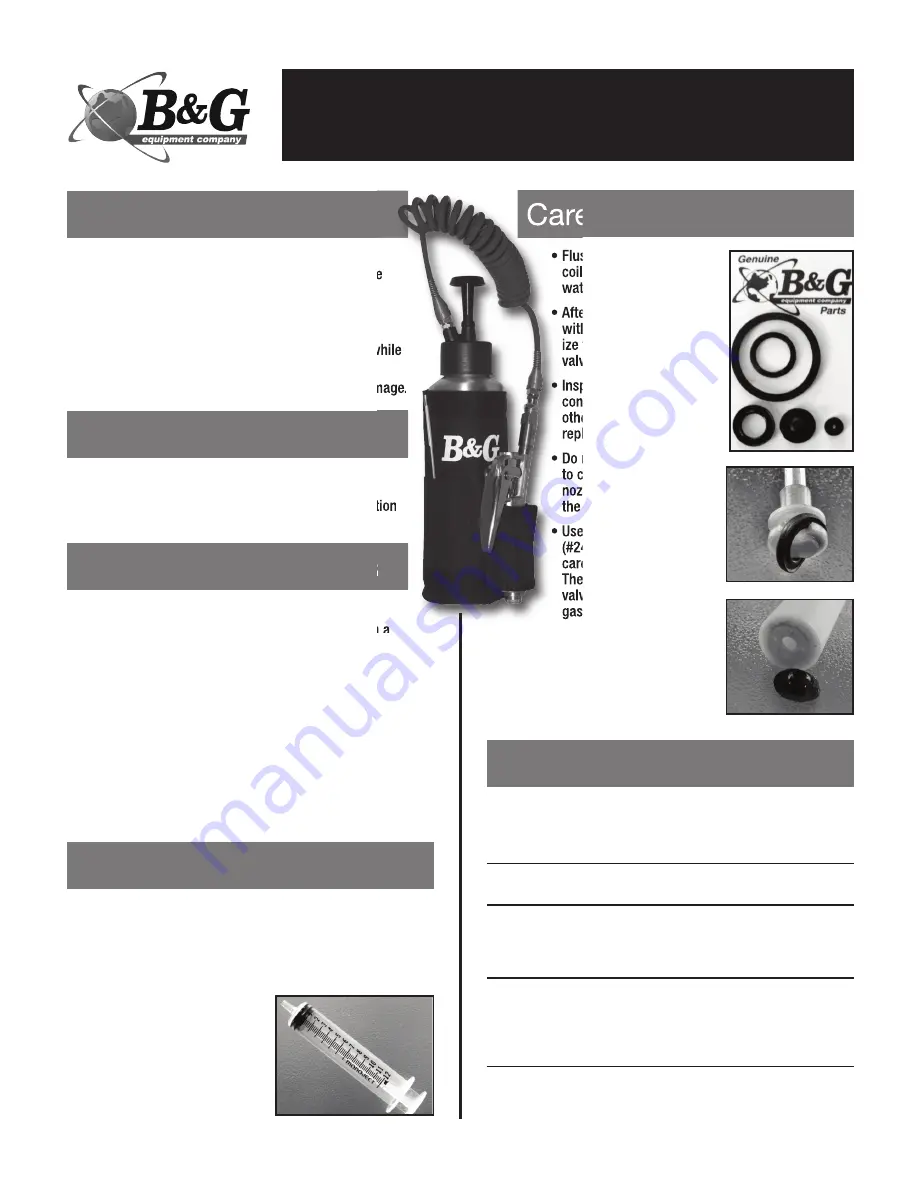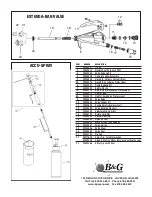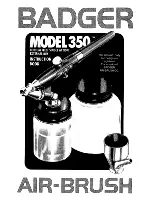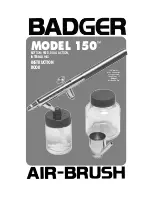
• Do not pressurize above 50 psi.
• Do not adjust the tip or change spray patterns while
depressing the valve lever or atomizing cap.
• Open cap slowly to release air before removing;
keep bottle upright when releasing pressure.
• Do not store for long periods or transport the unit while
bottle is pressurized.
• Do not use plastic bottle if there is any signs of damage.
• Inspect the plastic bottle, coiled hose, tank gasket,
discharge valves, and nozzle for signs of wear or
damage. These parts must be in full working condition
to permit pressurization of the bottle.
Mixing and Filling
• Mix insecticides for the Professional ACCU-Spray in a
separate container and then add 16 oz. to the bottle.
• When mixing insecticides for the standard ACCU-Spray
(plastic bottle), note the 16 oz. (473 ml) mark on the side
and mix insecticide accordingly.
• Follow all label directions when mixing insecticides.
• Add only 16 oz. (473 ml) of liquid to the bottle to maintain
proper head space for air pressure.
Pressurizing the Bottle
• Pump plunger up and down 8-10 times until there is pres-
sure against the plunger; do not over-pressurize.
ACCU-Spray comes with a syringe for mixing the correct
amount of insecticide in the bottle.
The syringe is marked in milliliters. The intended use of the
syringe is for the tip to be inserted into the reservoir of a tip-
n-pour bottle, and to draw up insecticide concentrate.
• Insecticide amounts for 16 oz.:
Phantom™ = 8.9 ml
Talstar™ = 1.2 or 3.7 ml
Suspend™ = 2.8 or 5.5 ml
Tempo SC™ = 2.0 ml
Demand CS™ = 1.5 or 3.0 ml
Kicker™ = 7.8 or 15.6 ml
• Flush bottle, valve, and
coiled hose with clean
water regularly.
• After rinsing the bottle
with clean water, pressur-
ize the unit and flush the
valve and hose.
• Inspect hoses and hose
connections, gaskets, and
other fittings for wear;
replace when necessary.
• Do not use metal objects
to clean the orifices in the
nozzle, this will disrupt
the liquid spray pattern.
• Use B&G Repair Kit
(#24000037) for regular
care and maintenance.
The Kit includes a check
valve, pump tube plunger
gasket, and a cap gasket.
Safety Precautions
Trouble Shooting
Care and Maintenance
Operating Instructions
Calibration Syringe
Before Starting
ACCU-SPRAY
USER’S MANUAL
Problem:
Bottle not holding pressure, air leaks from top
of bottle.
Solution: •
Tighten cap
• Replace cap gasket
Problem:
Bottle not getting air pressure
Solution:
Replace pump tube plunger gasket
Problem:
Pump tube fills with water when pumping
Solution:
• Clean around the check valve at the bottom
of the tube
• Replace the check valve
Problem:
Holds pressure, but will not spray; spray is weak
or sputtering
Solution:
• Nozzle clogged, clean with a soft brush
• Siphon tube clogged, clean end
• Clean strainer at the hose/valve junction
Problem:
Valve body leaking
Solution:
Tighten packing nut, replace packing washers
(in GD-124 Repair Kit)
• Replacing the pump tube plunger
gasket requires stretching the gasket
over the end of the tip.
• Remove and clean around the check
valve at the tip of the pump tube.
95138474 Rev 2/10




















